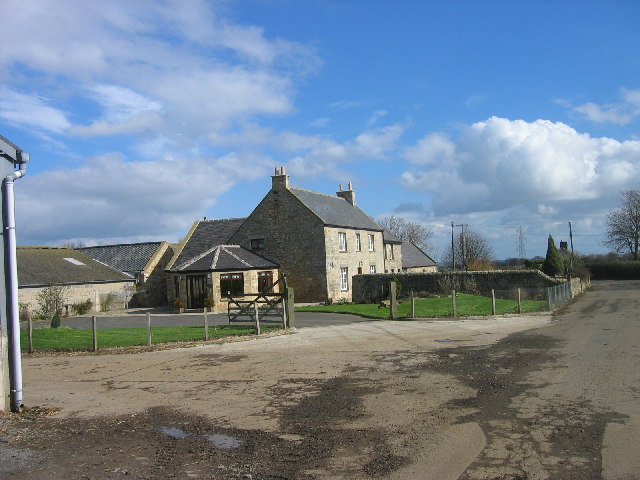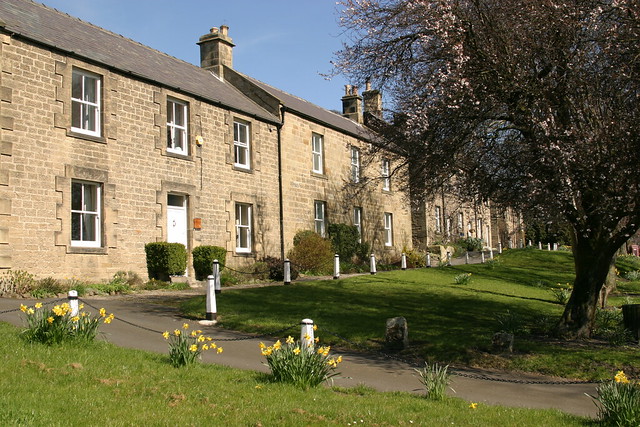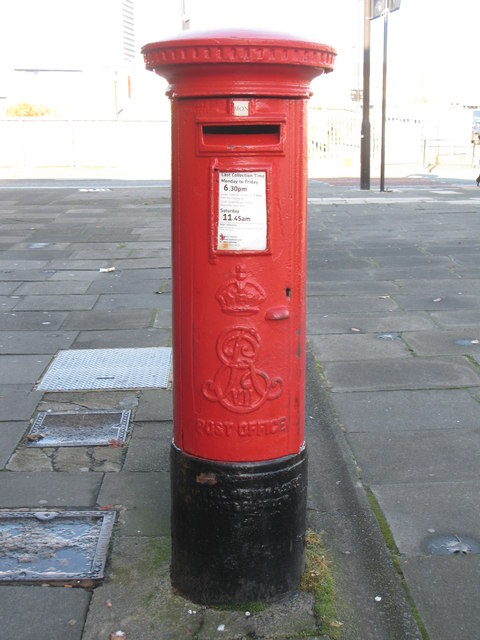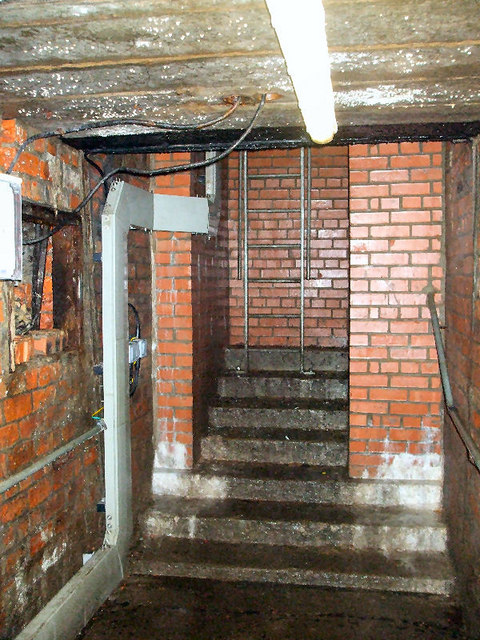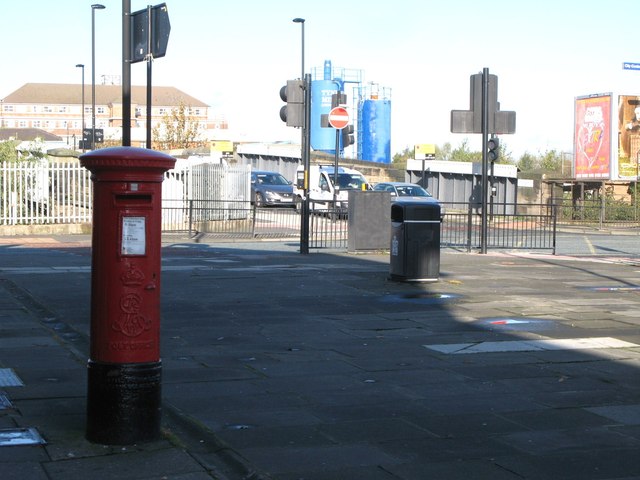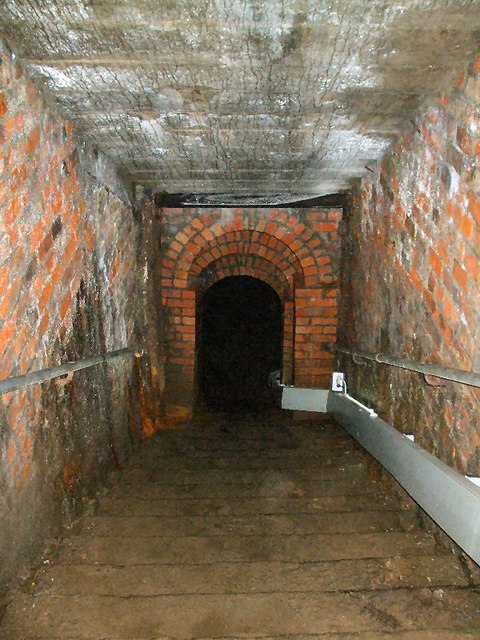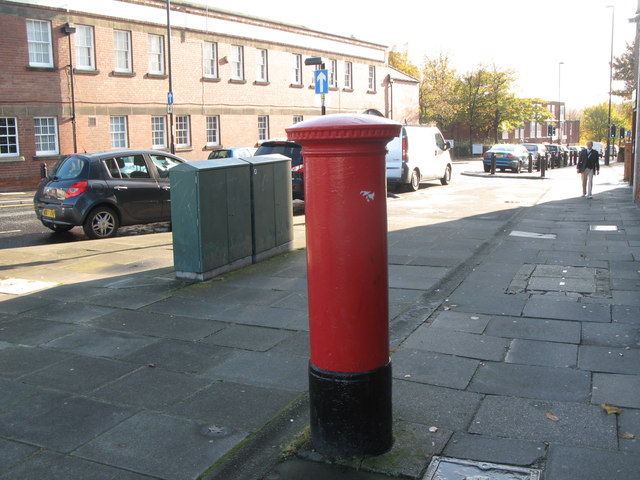Topics > Northumberland > Civil Parishes in Northumberland > Whalton Civil Parish > Whalton Parish, 1848
Whalton Parish, 1848
WHALTON, a parish, in the union and W. division of Castle ward, S. division of Northumberland, containing, with the townships of Newham, Ogle, and Riplington, 531 inhabitants, of whom 315 are in Whalton township, 6 miles (S.W. by W.) from Morpeth. This barony was conferred by the Conqueror upon Walter Fitz-William, to be held by the service of three knights' fees. It was afterwards possessed by the Fitz-Rogers, Fitz-Roberts, and others 3 in the reign of James I. was held by the crown 3 and was subsequently granted to the Meggison family. A market and fair were formerly held, agreeably with the right which Robert Fitz-Roger claimed and established in 1294. The parish comprises by measurement 5,815 acres, of which 2,053 are in the township of Whalton 5 of the latter, 1,291 acres are arable, 583 pasture, and 16 woodland. The whole is well inclosed, its surface undulated, and the soil, which is mostly loam, with a subsoil partly gravel, and in some places clay, is adapted to the growth of wheat and oats 5 limestone is abundant, and there are quarries of good freestone worked for private use. The village is one of the neatest in the county, hanging beautifully on the edge of a southern slope; it consists of one long street, containing some well-built houses with ornamental gardens in front, inclosed with palisades, and at intervals are clusters of trees, that much enliven its appearance. The living is a rectory, valued in the king's books at £13. 8. 1½., and in the patronage of Ralph Bates, Esq., with an income of about £800: the tithes of Whalton township have been commuted for £328, and the glebe comprises 141 acres. The church is a venerable edifice of freestone, and forms a pleasing object as approached from the village; it was repaired in 1783, when parapets and pinnacles were added to the tower. There is a place of worship for Wesleyans. A little eastward of the village are the remains of considerable earthworks, supposed to have formed part of a Danish encampment.
Extract from: A Topographical Dictionary of England comprising the several counties, cities, boroughs, corporate and market towns, parishes, and townships..... 7th Edition, by Samuel Lewis, London, 1848.

Co-Curate Page
Riplington
- Overview Map Riplington is a hamlet in Northumberland, located about 1 mile north-west of the village of Whalton. Today Riplington consists of a farmstead and a cottage. A village was …

Co-Curate Page
Ogle Township, 1848
- OGLE, a township, in the parish of Whalton, union, and W. division, of Castle ward, S. division of Northumberland, 7¾ miles (S.W.) from Morpeth; containing 121 inhabitants. This manor formed …


Co-Curate Page
Riplington
- Overview Map Riplington is a hamlet in Northumberland, located about 1 mile north-west of the village of Whalton. Today Riplington consists of a farmstead and a cottage. A village was …

